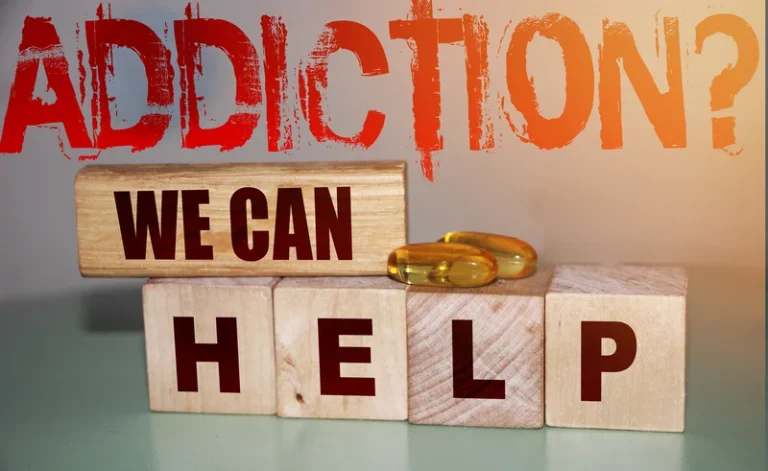
An abstinence violation can also occur in individuals with low self-efficacy, since they do not feel very confident in their ability to carry out their goal of abstinence. Relapse Prevention (RP) is another well-studied model used in both AUD and DUD treatment (Marlatt & Gordon, 1985). In its original form, RP aims to reduce risk of relapse by teaching participants cognitive and behavioral skills for coping in high-risk situations (Marlatt & Gordon, 1985). More recent versions of RP have included mindfulness-based techniques (Bowen, Chawla, & Marlatt, 2010; Witkiewitz et al., 2014).
1. Nonabstinence psychosocial treatment models
Some clients may find it challenging to identify their strengths or may say that they don’t have any. Counselors can ask these clients how they have overcome adversity in the past, and how they have previously managed problematic substance use. Counselors can also reframe as potential strengths what these clients—and the counselors themselves—may think of as deficits. Community recovery capital includes attitudes, policies, and resources in clients’ communities that promote recovery from substance use–related problems through multiple pathways. Chapter 4 contains an indepth discussion of resources that are available to individuals in recovery to help them meet their personal needs in areas such as health care, affordable housing (e.g., Housing First), nutrition, employment, and social connection.
Develop Coping Skills
- To date, however, there has been little empirical research directly testing this hypothesis.
- Thirty-two states now have legally authorized SSPs, a number which has doubled since 2014 (Fernández-Viña et al., 2020).
- While there are multiple such intervention approaches for treating AUD with strong empirical support, we highlight a dearth of research testing models of harm reduction treatment for DUD.
- If I asked you about your past drinking experiences, you’d likely recall the bonding moments or numbing relaxation rather than the drunk argument and frequent blackouts.
Have knowledge of Food and Drug Administration–approved medications used to treat problematic substance use. Depending on the setting, counselors providing or thinking of providing recovery-oriented counseling may need to consider the ways that payment systems can affect delivery of care. Recovery-oriented counseling calls for counselors to possess certain competencies to work with clients effectively and empathetically. The key relapse episode was defined as the most recent use of alcohol following at least 4 days of abstinence (Longabaugh et al. 1996).

Online social network site addiction: A comprehensive review

For Jim and Taylor, this might involve acknowledging the months of sobriety and healthier lifestyle choices and understanding that a single incident does not erase that progress. By implementing certain strategies, people can develop resilience, self-compassion, and adaptive coping skills to counteract the effects of the AVE and maintain lifelong sobriety. By identifying and naming what is happening, you will have a better chance to resist the temptations they create. My favorite tool is keeping Sobriety Gratitude Logs, which I share in my free Monthly Sober Curious Magazine. It will help you focus on the positive aspects of sobriety and counterbalance the distorted memories of drinking.
Approach to Promoting a Healthy Life for Clients Beyond Early Recovery
- Our brains tend to remember past experiences more positively than they actually were, often overlooking the negative aspects.
- Marlatt and Gordon (1985) have proposed that the covert antecedent most strongly related to relapse risk involves the degree of balance in the person’s life between perceived external demands (i.e., “shoulds”) and internally fulfilling or enjoyable activities (i.e., “wants”).
- Know how to use motivational interviewing (MI) and motivational enhancement to promote engagement in recovery services.
- Implicit bias is a prejudice or bias outside one’s conscious awareness that can lead to a negative evaluation of a person based on such characteristics as race or gender.
- Her long-term research interests include the development of a comprehensive understanding of how problematic alcohol use and interpersonal relationship processes interact to influence various physical, emotional, and relational outcomes for individuals and their relationship partners.
- Of note, other SUD treatment approaches that could be adapted to target nonabstinence goals (e.g., contingency management, behavioral activation) are excluded from the current review due to lack of relevant empirical evidence.
In contrast, several models of relapse that are based on social-cognitive or behavioral theories emphasize relapse as a transitional process, a series of events that unfold over time (Annis 1986; Litman et al. 1979; Marlatt and Gordon 1985). According to these models, the relapse process begins prior to the first posttreatment alcohol use and continues after the initial use. This conceptualization provides a broader conceptual framework for intervening in the relapse process to prevent or reduce relapse episodes and thereby improve treatment outcome.

Questionnaires such as the situational confidence test (Annis 1982b) can assess the amount of self-efficacy a person has in coping with drinking-risk situations. Those measures do not necessarily indicate, however, whether a client is actually able or willing to use his or her coping skills in a high-risk situation. To increase the likelihood that a client can and will utilize his or her skills when the need arises, the therapist can use approaches such as role plays and the development and modeling of specific coping plans for managing potential high-risk situations. In many cases, initial lapses occur in high-risk situations that are completely unexpected and for which the drinker is often unprepared.

Historical context of nonabstinence approaches
A focus on abstinence is pervasive in SUD treatment, defining success in both research and practice, and punitive measures are often imposed on those who do not abstain. Most adults with SUD do not seek treatment because they do not wish to stop using substances, though many also recognize a need for help. This narrative review considers the need for increased research attention on nonabstinence psychosocial treatment of SUD – especially drug use disorders – as a potential way to engage and retain more people in treatment, to engage people in treatment earlier, and to improve treatment effectiveness. Despite significant empirical support for nonabstinence alcohol interventions, there is a clear gap in research examining nonabstinence psychosocial treatment for drug use disorders. Future research must test the effectiveness abstinence violation effect of nonabstinence treatments for drug use and address barriers to implementation.
Approach to Recurrence and Its Warning Signs
Administrative discharge due to substance use is not a necessary practice even within abstinence-focused treatment (Futterman, Lorente, & Silverman, 2004), and is likely linked to the assumption that continued use indicates lack of readiness for treatment, and that abstinence is the sole marker of treatment success. In the United Kingdom, where there is greater acceptance of nonabstinence goals and availability of nonabstinence treatment (Rosenberg et al., 2020; Rosenberg & Melville, 2005), the rate of administrative discharge is much lower than in the U.S. (1.42% vs. 6% of treatment episodes; Newham, Russell, & Davies, 2010; SAMHSA, 2019b). AVE occurs when someone who is striving for abstinence from a particular behavior or substance experiences a setback, such as a lapse or relapse. Instead of viewing the incident as a temporary setback, the individual perceives it as evidence of personal failure, leading to increased feelings of guilt, shame, and hopelessness (Collins & Witkiewitz, 2013; Larimer, Palmer, & Marlatt, 1999). It can impact someone who is trying to be abstinent from alcohol and drug use in addition to someone trying to make positive changes to their diet, exercise, and other aspects of their lives. When a client experiences a recurrence, it may be time to bolster or update their treatment or recovery plan and goals and reevaluate their need for other support services.

Related terms:
Conversely, people with low self-efficacy perceive themselves as lacking the motivation or ability to resist drinking in high-risk situations. The current review highlights multiple important directions for future research related to nonabstinence SUD treatment. Overall, increased research attention on nonabstinence treatment is vital to filling gaps in knowledge.